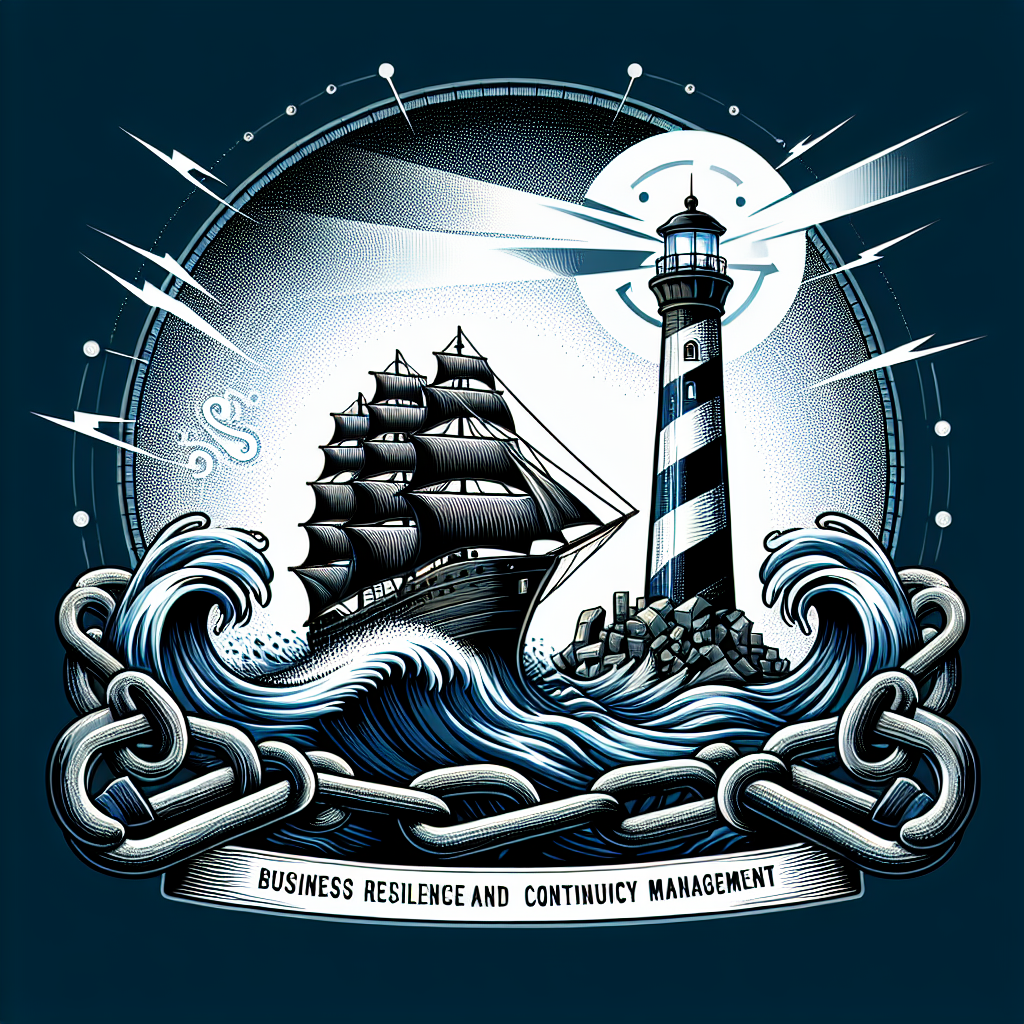Your cart is currently empty!
Ensuring Resilience: Best Practices for Business Continuity Management

In today’s fast-paced and unpredictable business environment, ensuring resilience is more important than ever. Business continuity management (BCM) is a crucial aspect of any organization’s risk management strategy, as it focuses on ensuring that business operations can continue in the face of disruptions or disasters.
To effectively implement BCM, organizations must follow best practices to ensure their resilience. Here are some key practices that can help businesses strengthen their BCM strategies:
1. Conduct a Business Impact Analysis (BIA): A BIA is a critical first step in developing a BCM plan. It involves identifying and prioritizing key business processes, assessing the potential impact of disruptions on these processes, and determining recovery time objectives. By conducting a BIA, organizations can better understand their vulnerabilities and prioritize their resources accordingly.
2. Develop a Comprehensive BCM Plan: Once the BIA is complete, organizations should develop a comprehensive BCM plan that outlines strategies for responding to and recovering from disruptions. This plan should include detailed procedures for activating the BCM team, communicating with stakeholders, and restoring critical business functions.
3. Test and Exercise the BCM Plan: It is not enough to simply create a BCM plan – organizations must also regularly test and exercise it to ensure its effectiveness. This can involve conducting tabletop exercises, simulations, and full-scale drills to identify weaknesses and gaps in the plan. By testing the plan regularly, organizations can improve their readiness to respond to disruptions.
4. Establish Communication Protocols: Effective communication is essential during a crisis, so organizations should establish clear communication protocols as part of their BCM plan. This includes identifying key stakeholders, establishing communication channels, and developing messaging templates. By ensuring that communication is consistent and timely, organizations can minimize confusion and maintain stakeholder confidence during a crisis.
5. Maintain a Resilient IT Infrastructure: In today’s digital age, IT systems are critical to business operations. Organizations should invest in resilient IT infrastructure, such as redundant servers, data backups, and cybersecurity measures, to minimize the impact of disruptions on their technology systems. Regularly updating and testing IT systems is also important to ensure their reliability.
6. Build a Culture of Resilience: Ultimately, resilience is a mindset that should be ingrained in the organizational culture. Leaders should foster a culture of preparedness, adaptability, and collaboration among employees to ensure that everyone is committed to maintaining business continuity. Training and awareness programs can help employees understand their roles and responsibilities during a crisis.
By following these best practices for BCM, organizations can enhance their resilience and better prepare for disruptions. Investing in BCM is not only a smart risk management strategy, but it can also give businesses a competitive advantage by ensuring that they can continue to deliver products and services to customers, even in the face of adversity.

Leave a Reply